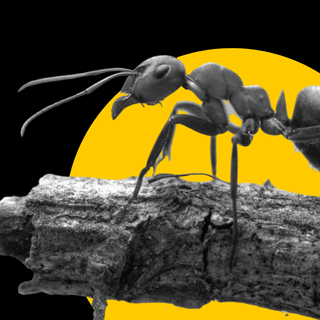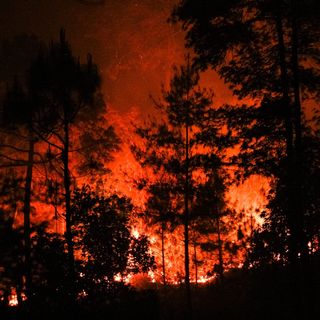Just about 3% of the Earth’s biodiversity is currently unblemished by human activities, a new study has found — suggesting that growing urbanization and deforestation have played a role in depleting the wilderness and natural ecosystems.
Published in Frontiers in Forests and Global Change, the study concluded that only 2.8% of the Earth was still intact, and most of the intact areas were those managed by indigenous communities across Russia, Chile, and the Amazon forest, among others. However, only a small portion — about 11% of this intact area — is currently protected, meaning that the remaining land is vulnerable to further risk.
“Most people would call anywhere that’s remote and with few human inhabitants wilderness, but for scientists, it’s more complicated,” Andrew Plumptre, who heads the Key Biodiversity Areas Secretariat at the Cambridge University, and also led the study, wrote in The Conversation. Explaining that the scientific definition of ‘wilderness’ perches on ‘intactness’, he added, “If the basic structure of a habitat, such as a forest, is intact and there is little evidence of human impact, then it is often considered wilderness.”
For the purpose of the study, the researchers measured ‘intactness’ against the abundance and composition of species across ecosystems from 500 years ago, in 1500 A.D. In order to assess differences, the researchers compared data from 1500 A.D. with the present numbers. The research focused primarily on mammals, along with analyzing available data on some birds, plants, and fish — but excluded Antarctica from any findings.
Related on The Swaddle:
148 Million Hectares Of Biodiversity Hotspots Lost To Agriculture, Urbanization In 24 Years: Study
“Going in, I’d guessed that it would be 8 to 10%… It just shows how huge an impact we’ve had,” Plumptre remarked.
While the findings of the study are alarming, the researchers believe there may still be hope. More than 97% of the Earth may have lost its ecological integrity, but “it might be possible to increase the ecological intact area back to up to 20% through the targeted re-introductions of species that have been lost in areas where human impact is still low, provided the threats to their survival can be addressed,” Plumptre told The Guardian. He says by identifying vulnerable species and allowing them to re-enter habitats, we can redeem some of the damage done.
The United Nations (UN) has declared the present decade, 2021 to 2030, as the ‘decade of restoration’. The UN’s goal is to restore habitats — habitats exist within ecosystems; if an ecosystem is the neighborhood of a species, a habitat is an area within the ecosystem where a particular species thrives. The researchers urged governments and policymakers to go one step ahead and restore whole ecosystems to their original state. And Plumptre suggests this can be done not just by making the territories habitable, but also by re-introducing species back to these territories, in a bid to achieve a holistic ecological balance.
“There are few truly wild places left and too many are under assault from oil and gas exploration, mining, and land grabs,” Paul de Zylva, senior sustainability analyst for Friends of the Earth, an international network of environmental organizations, who wasn’t part of the study, told CNN. “Our political and business leaders know what needs to be done to restore the natural state. They need to stand up to vested interests who seek to profit at the expense of both people and planet.”




